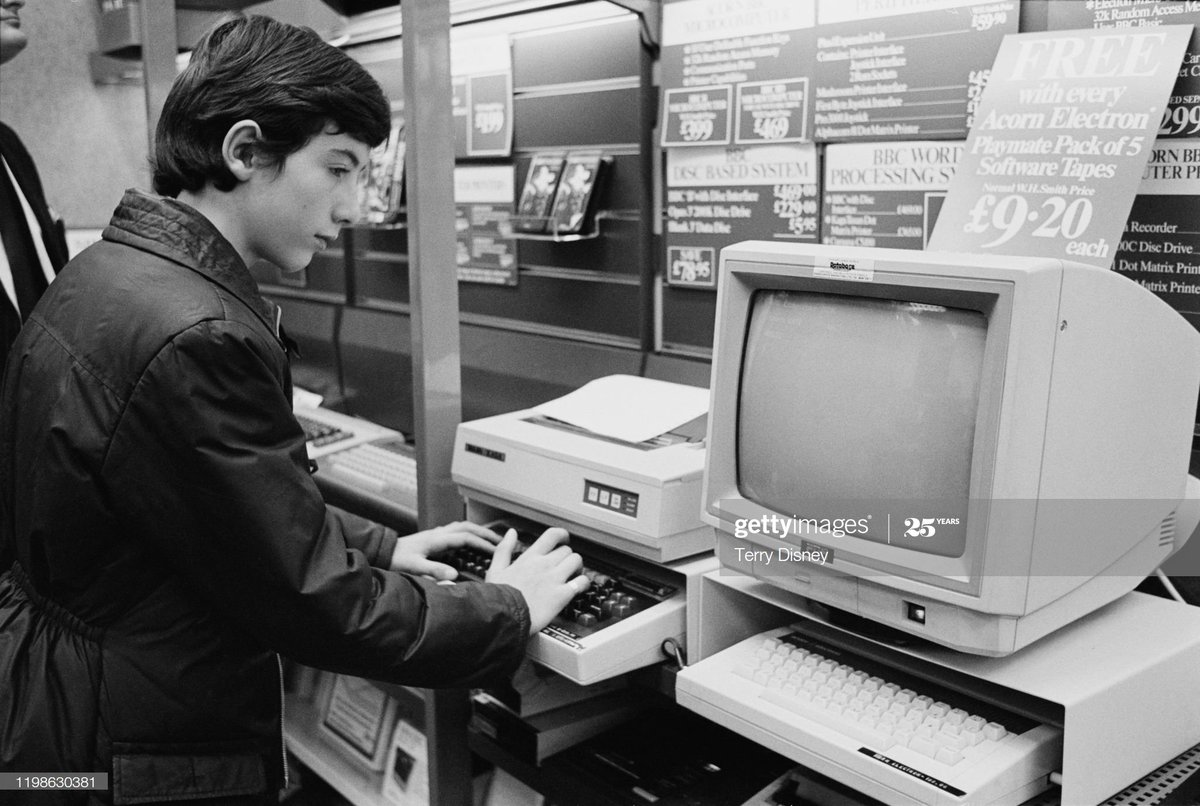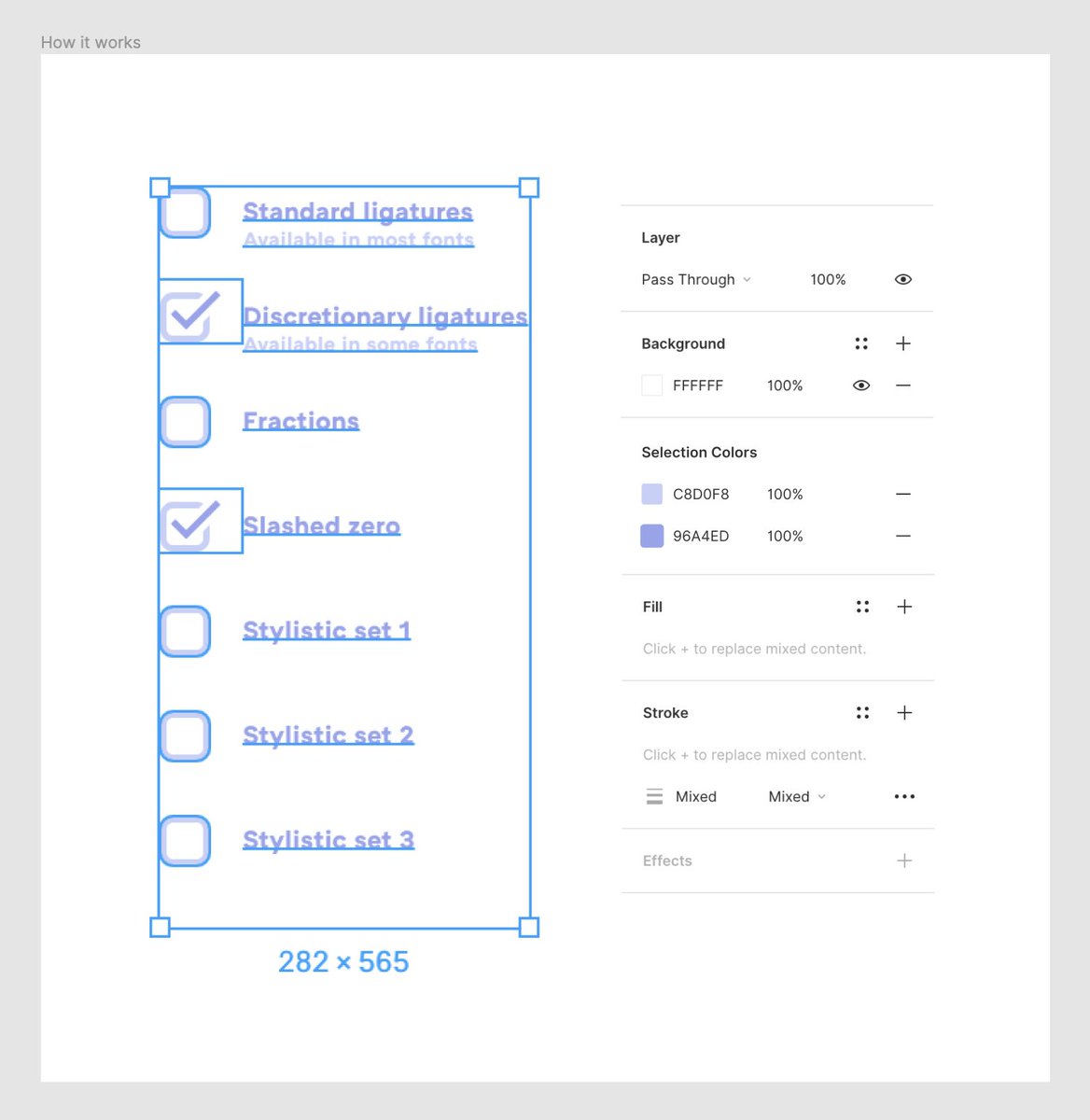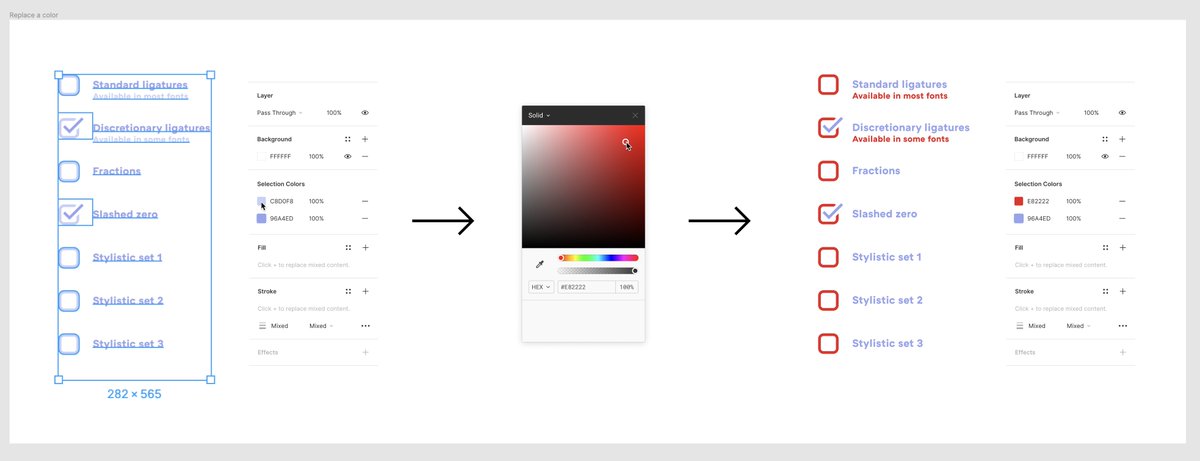
To celebrate the Kickstarter for Shift Happens going well, I thought I would show you 50 keyboards from my collection of really strange/esoteric/meaningful keyboards that I gathered over the years. (It might be the world’s strangest keyboard collection!) 





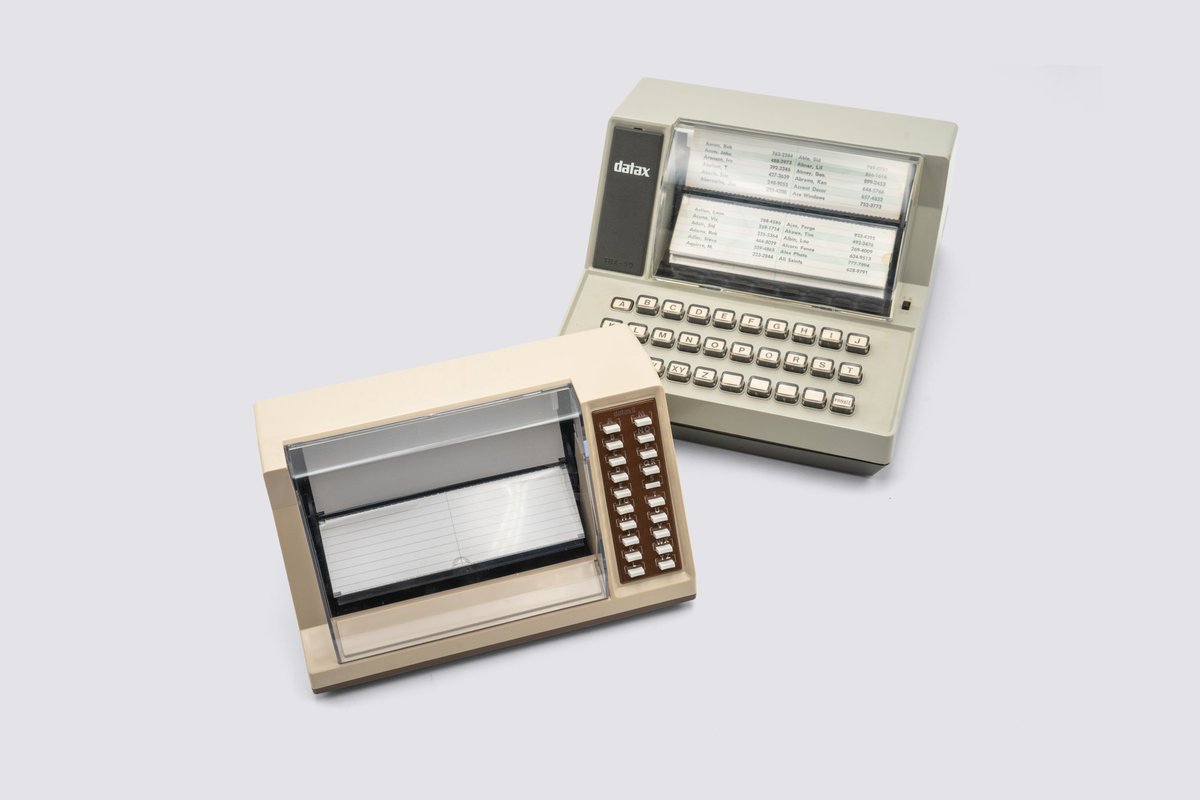
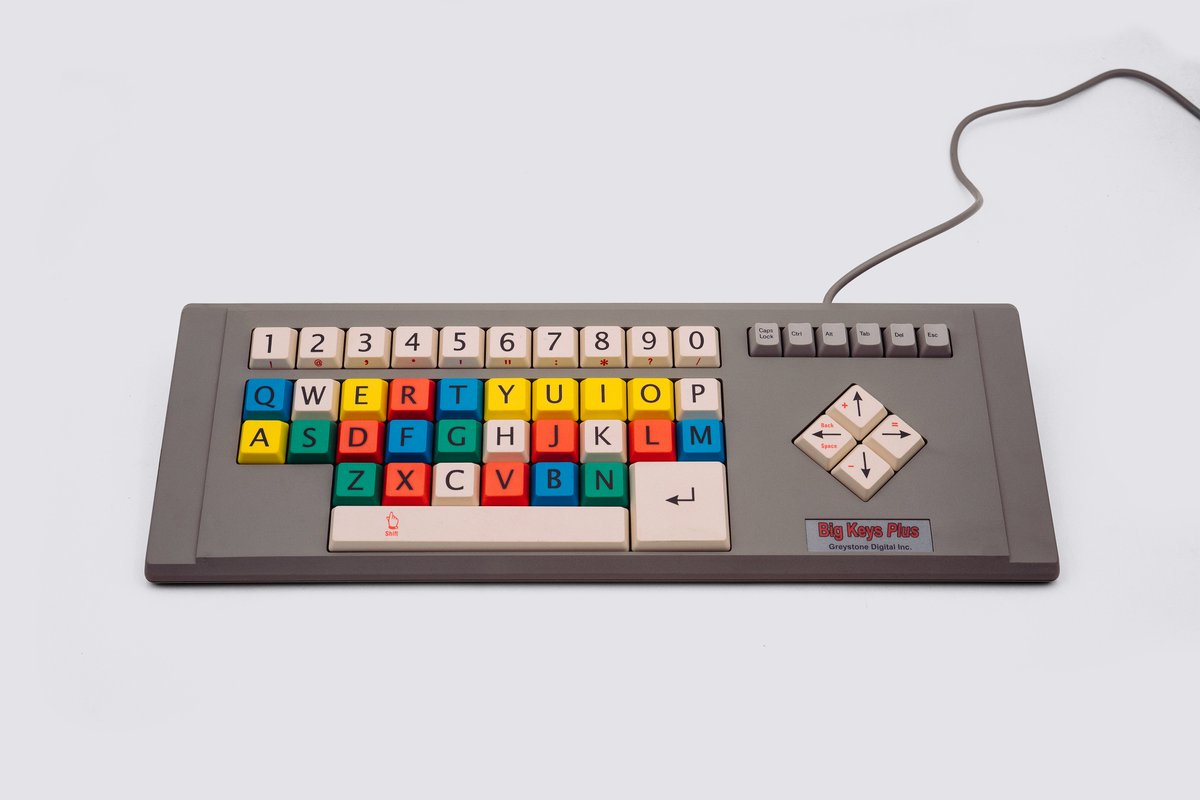
This is technically a bit of a spoiler for the book, but a) a lot of them are not in the book, and b) the book comes out in half a year, and we’ll all forget by then!
Let’s start!
kickstarter.com/projects/mwich…
Let’s start!
kickstarter.com/projects/mwich…
1.
I have a SafeType, thanks to a friend who noticed one about to be thrown away. This is among the most notable and interesting “ergonomic” keyboards, complete with mirrors that help you orient yourself when you’re starting out.
I have a SafeType, thanks to a friend who noticed one about to be thrown away. This is among the most notable and interesting “ergonomic” keyboards, complete with mirrors that help you orient yourself when you’re starting out.

2.
The Comfort System keyboard is another “ergonomic“ device that is honestly pretty frightening to look at (explaining the challenge of making keyboards like these). You can reposition and reorient each of the three parts independently.
The Comfort System keyboard is another “ergonomic“ device that is honestly pretty frightening to look at (explaining the challenge of making keyboards like these). You can reposition and reorient each of the three parts independently.

3.
I love these DataDesk Little Fingers keyboards with smaller keys because you can see exactly when iMac was introduced and how the company tried to “redesign” the keyboard to fit the new style.

I love these DataDesk Little Fingers keyboards with smaller keys because you can see exactly when iMac was introduced and how the company tried to “redesign” the keyboard to fit the new style.


4.
This is another Mac “alternate universe“ keyboard - an Adesso ergonomic keyboard that feels like “what if Apple Adjustable still existed when iMac came around”?
This is another Mac “alternate universe“ keyboard - an Adesso ergonomic keyboard that feels like “what if Apple Adjustable still existed when iMac came around”?

5.
This strange “medical” keyboard is more mechanical than you’d expect! I wrote more about it here: newsletter.shifthappens.site/archive/a-tale…. Cleaning required when flashing!
This strange “medical” keyboard is more mechanical than you’d expect! I wrote more about it here: newsletter.shifthappens.site/archive/a-tale…. Cleaning required when flashing!

6.
Once you’re done with your shift (no pun intended) at the hospital, how about some Pizza? This is i-Opener, one of the many shortlived internet appliances, this one with a gimmick that keeps on gimmicking.
Once you’re done with your shift (no pun intended) at the hospital, how about some Pizza? This is i-Opener, one of the many shortlived internet appliances, this one with a gimmick that keeps on gimmicking.

7.
Speaking of spacebar-adjacent gimmicks, I am mildly obsessed with how beautiful is this first NeXT keyboard from 1987, with a bunch of cool subtle things including a Command *bar* underneath the spacebar. As a matter of fact, I just finished writing an essay on it today!
Speaking of spacebar-adjacent gimmicks, I am mildly obsessed with how beautiful is this first NeXT keyboard from 1987, with a bunch of cool subtle things including a Command *bar* underneath the spacebar. As a matter of fact, I just finished writing an essay on it today!

8.
This is Olivetti Praxis 48: perhaps one of the most beautiful among the most beautiful typewriters, and strangely similar in palette to the above NeXT keyboard. You could turn on this (electric) typewriter just by pressing any key. That’s pretty wild.

This is Olivetti Praxis 48: perhaps one of the most beautiful among the most beautiful typewriters, and strangely similar in palette to the above NeXT keyboard. You could turn on this (electric) typewriter just by pressing any key. That’s pretty wild.


9.
This Olympia Reporter typewriter is not beautiful, but it has a lot of POWER THIS and POWER THAT keys that celebrate its marriage with electricity? Why is X and some other keys red? Those are the ones that auto repeat!
This Olympia Reporter typewriter is not beautiful, but it has a lot of POWER THIS and POWER THAT keys that celebrate its marriage with electricity? Why is X and some other keys red? Those are the ones that auto repeat!

10.
This is another typewriter, so proud of a functioning (erasing!) Backspace that it gives this a treatment I have never seen before or after.
This is another typewriter, so proud of a functioning (erasing!) Backspace that it gives this a treatment I have never seen before or after.

11.
This Turkish typewriter (another Olympia!) means so much to me – the small success of this article from 2015 was probably what was needed for me to start thinking about the book: mwichary.medium.com/what-i-learned…
This Turkish typewriter (another Olympia!) means so much to me – the small success of this article from 2015 was probably what was needed for me to start thinking about the book: mwichary.medium.com/what-i-learned…

13.
This was meant to be mounted atop Commodore 64 (which I don’t have), an interesting reversal from the early typewriters being nothing more than repurposed music keyboards.
This was meant to be mounted atop Commodore 64 (which I don’t have), an interesting reversal from the early typewriters being nothing more than repurposed music keyboards.

14.
These two are taking this idea even further – mount these overlays on regular keyboards to turn them into new kinds of interfaces.

These two are taking this idea even further – mount these overlays on regular keyboards to turn them into new kinds of interfaces.


15.
There’s also professional gaming. It was cheaper for me to buy QSENN keyboards and replicate what professional StarCraft gamers were doing in the 1990s, than to find a good existing photo of one of these keyboards.
There’s also professional gaming. It was cheaper for me to buy QSENN keyboards and replicate what professional StarCraft gamers were doing in the 1990s, than to find a good existing photo of one of these keyboards.

16.
And speaking of gaming – we’re all used to the thumb style of typing from the first photo that it was fun to discover the short moment where the gaming keyboards looked like the one in the second photo.

And speaking of gaming – we’re all used to the thumb style of typing from the first photo that it was fun to discover the short moment where the gaming keyboards looked like the one in the second photo.


17.
And a bit earlier, some game consoles tried to reinvent themselves as home computers with keyboard accessories. This is among the strangest of them: a “keyboard” to add BASIC to the Atari 2600.
And a bit earlier, some game consoles tried to reinvent themselves as home computers with keyboard accessories. This is among the strangest of them: a “keyboard” to add BASIC to the Atari 2600.

18.
I commissioned this “joystick” from @benjedwards and I am so happy with how it turned out. It’s technically a joystick without a stick, but software turned it into a one-key keyboard. It’s F11, currently mapped to muting in Zoom. It’s *incredibly* rewarding to press.

I commissioned this “joystick” from @benjedwards and I am so happy with how it turned out. It’s technically a joystick without a stick, but software turned it into a one-key keyboard. It’s F11, currently mapped to muting in Zoom. It’s *incredibly* rewarding to press.


19.
Speaking of strange keyboards, this is my “space cadet” keyboard – a mini keyboard that outputs only spaces, and instead of legends, each key *feels* different. Wrote about it more here: newsletter.shifthappens.site/archive/stop-m…

Speaking of strange keyboards, this is my “space cadet” keyboard – a mini keyboard that outputs only spaces, and instead of legends, each key *feels* different. Wrote about it more here: newsletter.shifthappens.site/archive/stop-m…


20.
And here is a keyboard I built and hid in my shoes, made for one very specific reason. Are you interested what it is? Check out the whole story here: newsletter.shifthappens.site/archive/to-wal…
And here is a keyboard I built and hid in my shoes, made for one very specific reason. Are you interested what it is? Check out the whole story here: newsletter.shifthappens.site/archive/to-wal…

21.
This is one of the most rare keyboards I have – the strange abKey Evolution imported through a friend from Singapore – a keyboard that tried to reinvent perhaps one thing too many. Wrote more about it here: newsletter.shifthappens.site/archive/the-wo…
This is one of the most rare keyboards I have – the strange abKey Evolution imported through a friend from Singapore – a keyboard that tried to reinvent perhaps one thing too many. Wrote more about it here: newsletter.shifthappens.site/archive/the-wo…

22.
And this one from Commodore is not really that unique, except it has this fun property – it reverses the usual beige colour scheme making the keys inside darker. It’s kinda neat!
And this one from Commodore is not really that unique, except it has this fun property – it reverses the usual beige colour scheme making the keys inside darker. It’s kinda neat!

23.
This is a really cheap Bulgarian keyboard with such a poor build quality it cannot be unseen! I wrote more about it here: newsletter.shifthappens.site/archive/the-wo…
This is a really cheap Bulgarian keyboard with such a poor build quality it cannot be unseen! I wrote more about it here: newsletter.shifthappens.site/archive/the-wo…

24.
Oh, it gets worse. This calculator keyboard is so cheap it’s not a keyboard at all – just an exposed PCB with a pen to complete the circuit. More about it here: newsletter.shifthappens.site/archive/the-wo…

Oh, it gets worse. This calculator keyboard is so cheap it’s not a keyboard at all – just an exposed PCB with a pen to complete the circuit. More about it here: newsletter.shifthappens.site/archive/the-wo…


25.
And this is the opposite, an incredibly well-built IBM Model F banking typewriter with an enclosure made out of zinc. Hefty enough to stop a bank robbery? Perhaps. More here: newsletter.shifthappens.site/archive/to-sav…
And this is the opposite, an incredibly well-built IBM Model F banking typewriter with an enclosure made out of zinc. Hefty enough to stop a bank robbery? Perhaps. More here: newsletter.shifthappens.site/archive/to-sav…

Halfway through! I need a bit of a break. Is this interesting? Should I keep going!?
26.
If your bank robbery goes poorly, you probably end up typing on this Swintec, transparent so that no contraband could be hidden inside. More about transparent tech for prisons in this Techmoan video:
If your bank robbery goes poorly, you probably end up typing on this Swintec, transparent so that no contraband could be hidden inside. More about transparent tech for prisons in this Techmoan video:

27.
This simple braille keyboard – Tellatouch – was gorgeous and important. Type a key on one side, and the right braille letter assembles itself on the other.
This simple braille keyboard – Tellatouch – was gorgeous and important. Type a key on one side, and the right braille letter assembles itself on the other.

28.
This is a more modern version of an adjacent idea. Connect this device to a phone line, and you can speak even if you cannot talk. (Also, I just love any time a keyboard lands itself next to a segmented display.)
This is a more modern version of an adjacent idea. Connect this device to a phone line, and you can speak even if you cannot talk. (Also, I just love any time a keyboard lands itself next to a segmented display.)

29.
The creators of this Seiko keyboard recognized a watch with a keyboard wouldn’t make sense – so you could dock your watch and type this way. (I don’t have the watch itself. Too expensive!)
The creators of this Seiko keyboard recognized a watch with a keyboard wouldn’t make sense – so you could dock your watch and type this way. (I don’t have the watch itself. Too expensive!)

30.
Just kidding! Here’s a keyboard on another Seiko watch. It’s an index keyboard – you don’t touch the keys directly, just move the cursor left and right like on Apple TV – since the keys are smaller than 1mm.
Just kidding! Here’s a keyboard on another Seiko watch. It’s an index keyboard – you don’t touch the keys directly, just move the cursor left and right like on Apple TV – since the keys are smaller than 1mm.

33.
I love hybrid things and in-betweeners. This tiny Panasonic Toughbook asks a question: what if a BlackBerry keyboard, but twice the width?
I love hybrid things and in-betweeners. This tiny Panasonic Toughbook asks a question: what if a BlackBerry keyboard, but twice the width?

34.
This one, for TermiFlex, is a one-hand operation, inspired by phone keypads. There are three shifts under your long fingers!


This one, for TermiFlex, is a one-hand operation, inspired by phone keypads. There are three shifts under your long fingers!



35.
Speaking of complex shortcuts, look at this Apple keyboard with Avid software keycaps. The icon on Z is my favourite. I don’t even wanna know what this function does.
Speaking of complex shortcuts, look at this Apple keyboard with Avid software keycaps. The icon on Z is my favourite. I don’t even wanna know what this function does.

38.
And *this* Sony keyboard had two numeric keypads going in two different directions! One for typical calculator use, and one inspired by mobile phones to allow to chat as easily for people who got used to chatting that way.
And *this* Sony keyboard had two numeric keypads going in two different directions! One for typical calculator use, and one inspired by mobile phones to allow to chat as easily for people who got used to chatting that way.

39.
Very happy (and also maybe also a little concerned) to report I am in possession of the entire ProHance lineup of the strange pointing device/keyboard hybrids!
Very happy (and also maybe also a little concerned) to report I am in possession of the entire ProHance lineup of the strange pointing device/keyboard hybrids!

40.
It’s amazing how rarely the graphical user interfaces and keyboards intersect. This here – an old AT&T terminal keyboard – is an exception, providing dedicated keys for window management.
It’s amazing how rarely the graphical user interfaces and keyboards intersect. This here – an old AT&T terminal keyboard – is an exception, providing dedicated keys for window management.

41.
I had to get this keyboard for a now-obscure Harris word processor, just because LOOK AT THE SHAPE OF THIS ENTER KEY.
I had to get this keyboard for a now-obscure Harris word processor, just because LOOK AT THE SHAPE OF THIS ENTER KEY.

42.
I have seen so many keyboards, but only this one – from a strange titling device meant to be connected to your TV – treats uppercase and lowercase exactly like all the other shifted and unshifted symbols. (With the exception of keyboards for kids, I assume!)
I have seen so many keyboards, but only this one – from a strange titling device meant to be connected to your TV – treats uppercase and lowercase exactly like all the other shifted and unshifted symbols. (With the exception of keyboards for kids, I assume!)

43.
Back in the day, keyboards were so expensive that you often started on a “training” keyboard that came without the machine connected to it. Here’s a training keyboard for a Linotype, which is itself a fascinating machine.
Back in the day, keyboards were so expensive that you often started on a “training” keyboard that came without the machine connected to it. Here’s a training keyboard for a Linotype, which is itself a fascinating machine.

44.
Here’s another one for the first popular line of desk calculators that predates a 10-key keypad.
Here’s another one for the first popular line of desk calculators that predates a 10-key keypad.

45.
(I also have the actual calculator, called a Comptometer. It’s beautiful, really fun to use, and honestly a work of art. A truly impressive machine from the bygone era. I bought it because I was so impressed reading what it can do.)
(I also have the actual calculator, called a Comptometer. It’s beautiful, really fun to use, and honestly a work of art. A truly impressive machine from the bygone era. I bought it because I was so impressed reading what it can do.)

47.
And here’s the most modern version of a practice keyboard I know of – itself a small computer. After that, the likes of Mavis Beacon took over teaching typing in software.
And here’s the most modern version of a practice keyboard I know of – itself a small computer. After that, the likes of Mavis Beacon took over teaching typing in software.

48.
Speaking of the 1980s, keyboards from failed computers often found a second life as Radio Shack components you could reuse in your DIY projects. Here’s one from a home computer called Coleco Adam.
Speaking of the 1980s, keyboards from failed computers often found a second life as Radio Shack components you could reuse in your DIY projects. Here’s one from a home computer called Coleco Adam.

49.
While we’re speaking about failed computers, this is One Laptop Per Child’s interesting-looking keyboard. (I think OLPC is considered a failure? I’m not 100% sure. This computer is not in the book, so I haven’t researched that carefully.)
While we’re speaking about failed computers, this is One Laptop Per Child’s interesting-looking keyboard. (I think OLPC is considered a failure? I’m not 100% sure. This computer is not in the book, so I haven’t researched that carefully.)

50. And here is Canon Cat, maybe my favourite failed machine of all time. Look at these Leap keys! I’m somewhat in love with this machine.

https://twitter.com/mwichary/status/925451008905379840

That’s it! I hope you liked this sneak peek – if you did, consider backing the book since this is the level of quality I’ve been aiming for the visual side… there are a lot more photos like these, and of course a lot more great stories attached to them. kickstarter.com/projects/mwich…
• • •
Missing some Tweet in this thread? You can try to
force a refresh



























